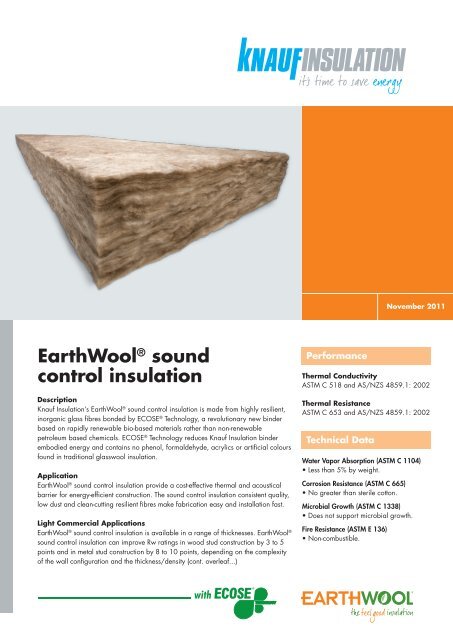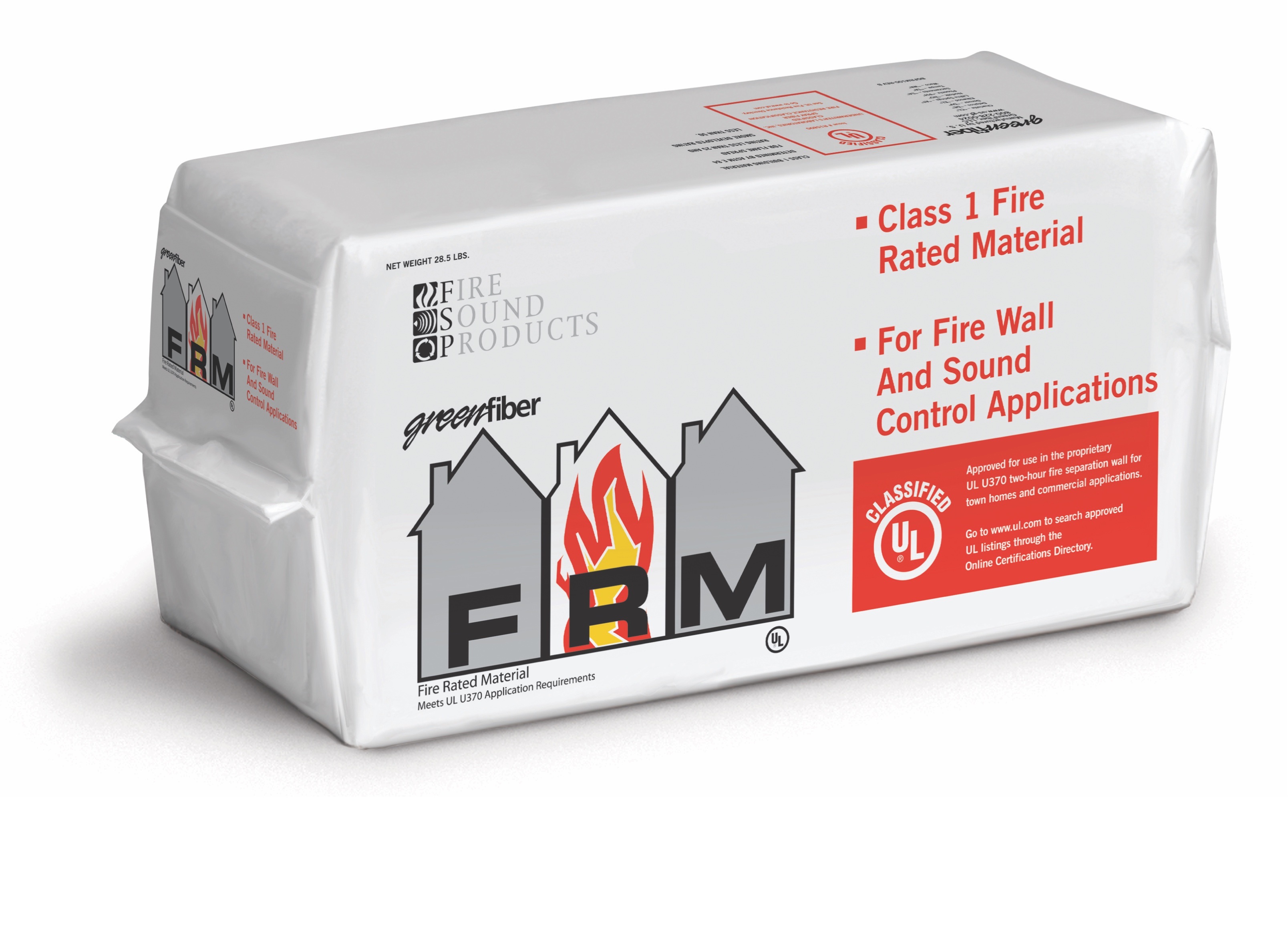
The cheapest, most common, most effective and most easy to apply method to prevent global climate changes and carbon emissions and their negative effects today is ‘Thermal Insulation in Buildings’. In Turkey, this regulation was developed based on the German DIN 4102 Standard and became effective under the title “Regulation on the Protection of Buildings from Fire”.Įconomical use of the fossil fuels which have a limited amount in the world and avoiding environmental pollution is the main agenda of today and tomorrow. This allows intervening the fire before it grows, which can prevent or reduce loss of life and property.Īlmost all developed and/or industrialized countries have their own specific standards for fire. Spreading of fire can be restricted for certain periods, thanks to fire resistant sections created with A1 class non-combustible insulation materials with mineral fibers such as stone wool.

Thus, it is essential to take structural measures that will slow the spreading of fire in the building and neighboring buildings and ensure safe evacuation of individuals from the fire area, in addition to active measures. Structures and materials, which are the most important elements of fire resistance and spreading, are affected by basic reasons such as radiation, conduction, convection and air and absorption surface evaluation, ignition temperature of the material, construction, height, unit spreading surface, etc.ĭespite the significant role played by active protection systems in fire safety, there is a risk that they cannot function properly due to various reasons such as mechanical failure and activation after the onset of fire. Structural measures taken to ensure the safety of life and property and limit the effects of fire are called ‘Fire Insulation’. Therefore, stone wool is primarily preferred in sound insulation applications, due to its porous structure and high sound absorption coefficient. It is important that the materials to be used in sound insulation have the desired level of sound absorption coefficient and the potential to structurally convert sound waves to mechanical and thermal energy. In sound insulation on the other hand, the aim is to reduce the amount of sound transmitted by constructional components.

Acoustic regulation is the whole set of applications aimed at ensuring that the sound from the source reaches ears as accurately as possible. Low volume is one of the most important requirements in environments such as studios, cinemas, conference halls, etc.Īpplications made to control noise in buildings are grouped under two different categories: acoustic regulation and sound insulation. Briefly described as disturbing sounds, noise can occur to extents that threaten our health and comfort in our daily life, as a natural consequence of urbanization.Įnsuring silence in environments such as hospitals, schools, offices, houses, hotels, dormitories, etc. Noise on the other hand refers to a group of undesired sounds with irregular and different frequency components.

Sound insulation includes measures to be taken to reduce the amount of noise transmitted through constructional components and to basically minimize the negative impacts of noise.


 0 kommentar(er)
0 kommentar(er)
